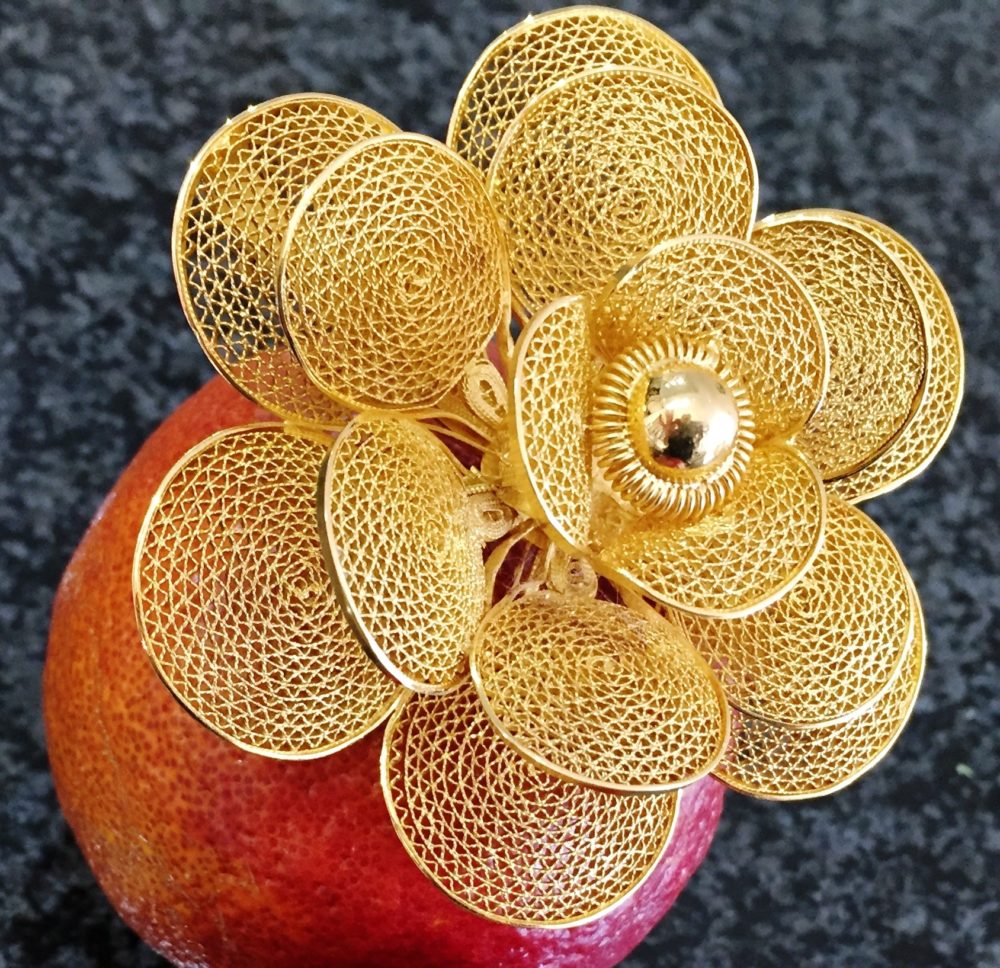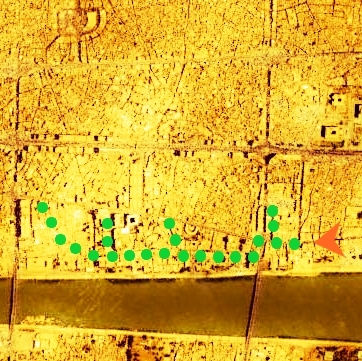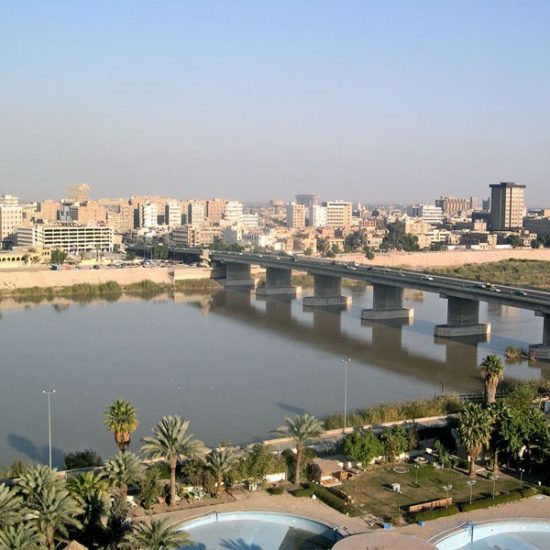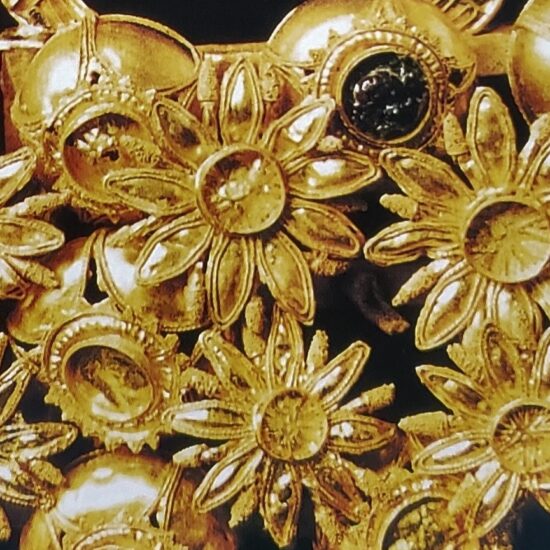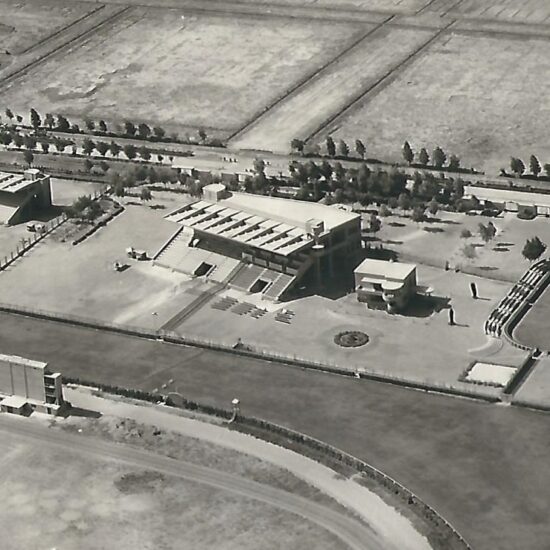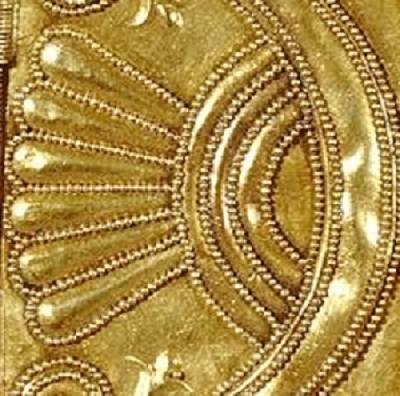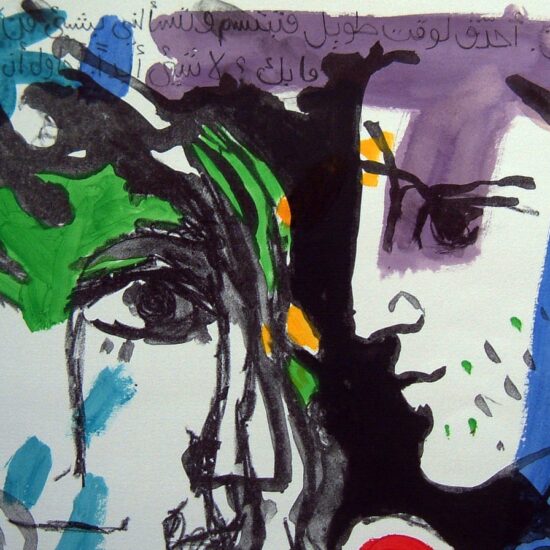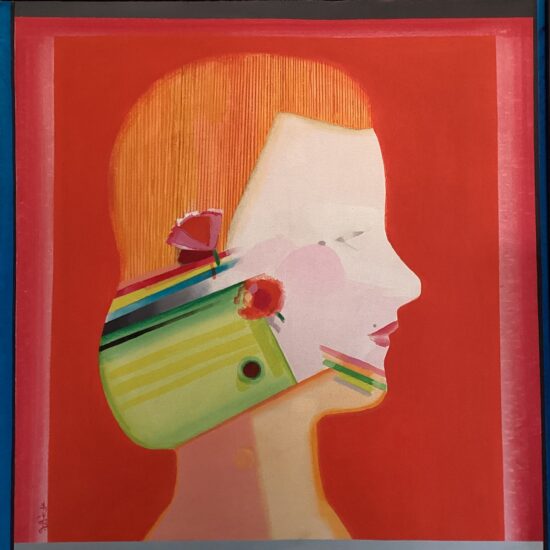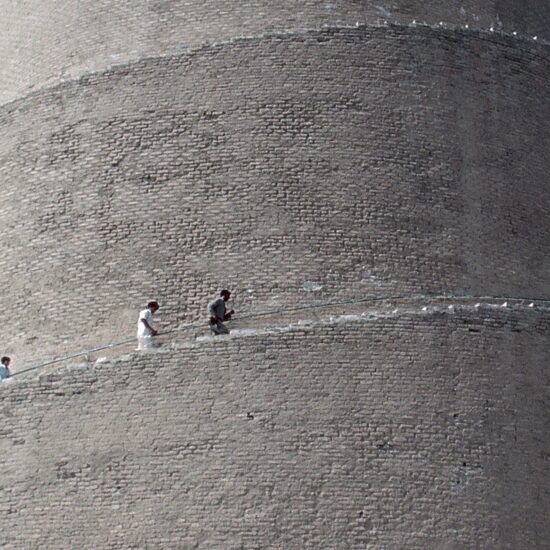FEEFAA org is online space, with cultural documentations, stories, as well as creative new material. FEEFAA includes collections of old gold jewellery in the FEEFAA Gold section, articles in the Insight section, and art exhibitions are presented in the “Today Gallery at FEEFAA“.
-
Golden Memoir
Day trip to the gold shops in Al Nahir Street; As a teenager in the 1960’s in Baghdad, I frequently accompanied my mother to the Old Baghdad Centre visiting the many attractions on Rashid Street and Al Nahir Street, this article is a golden memory of these trips. The map traces our route.
-
Al Nahir Shines
Al Nahir Street (meaning River Street) is the first modern street that was opened in the traditional urban fabric of Baghdad city; it was the Ottoman governor Nadhum Pasha who ordered the opening of the street in the year 1910. The starting point to the street was Al Mustansiriya School.
-
Remembering Baghdad
Snapshot of one foreign woman’s impressions of a country at war, while she was armed only with: the shallow remains of Arabic language, her personal U.S. educational experience to extrapolate as a road map for others, one recent National Geographic article on Iraq, and an open heart.
-
Fantastic Jewellery from Nimrud
Between 1996 to 1999, while Amir Harrak was working on Syriac Epigraphy at the Iraq Museum in Baghdad, he saw some of the Assyrian Jewellery from Nimrud exhibited, he was able to examine and photograph them. They are jewelleries of immense beauty.
-
Golden School Days
Documentary of school days in Baghdad from the neighborhood kindergarten to end of high school. Memories of: 1. British Council Kindergarten / Ms. Saywell and Al Sadoon Park Neighbourhood, 2. Al Mansour Primary Private School, 3. Baghdad High School and 4. Al Sharqiya High School for Girls.
-
The Beginnings
"The Beginnings, Al Mansour City" is a personal recollection of the city, its beginnings, its development, its people and community, the horse-racing track, Al Mansour Club, its streets, schools and houses, while living in the city for 20 years from the mid-fifties to mid-seventies.
-
Phoenician Gold Jewellery
These jewellery pieces were typically discovered in tombs and around temples as offerings for the gods. Most objects were found in the Phoenicians colonies such as Carthage in Tunis, Kition in Cyprus, in Italy, Morocco, Spain and Portugal with some finds in Byblos, Sidon and Tyre.
-
Baghdad College Years
Baghdad College, the storey of 37 years, from inception in 1932, to the end of the mission in 1969. The arrival of the American Jesuits from Boston/USA and their achievement in successfully establishing one of the finest schools in Iraq and the Middle East that educated more than 4000 students.
-
The Boy, Baba-Jiddu and Souk Al-Safafeer
A boy remembers Baghdad of the early 1950s and the delights of its iconic market, Souk Al-Safafeer.
-
Visual Journey through the Art of Arabic Calligraphy
To visualize the changes the journey will start with the early work and end with the recent appearances.
-
The Rise of Visual Fine Art in Iraq
Factors that contributed and influenced the continuity and development of the fine art in Iarq between 1921 and the early 1960s.
-
Baghdad Recollections
Geoffrey Payne arrived in Baghdad in the summer of 1986. His assignment was for two visits three weeks each. He still remembers his visit and its lasting memories.


